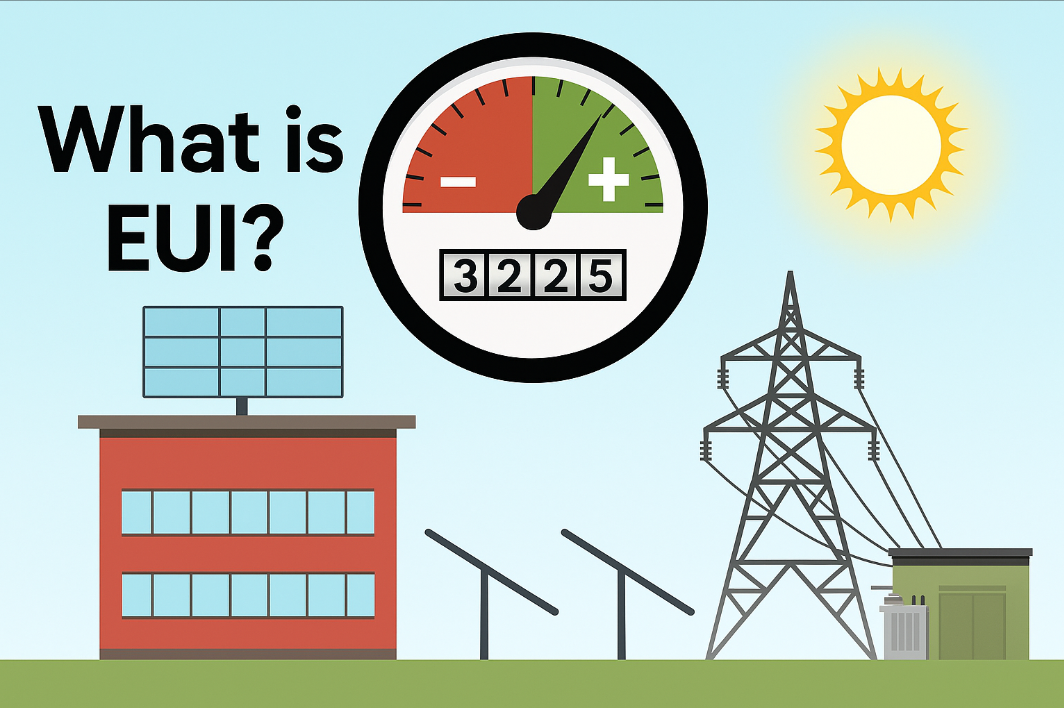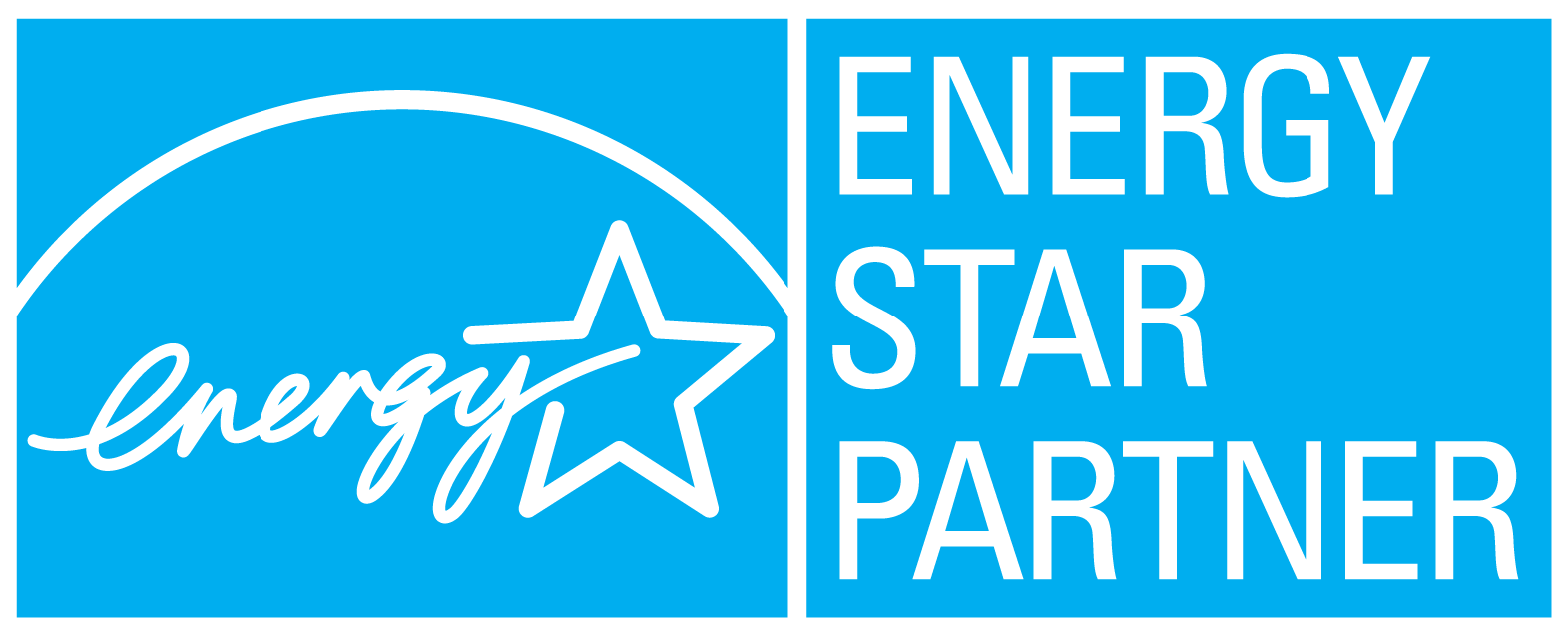The PJM capacity market is designed to ensure that there is always enough electricity available to meet future demand, particularly during peak usage times, such as on hot summer days. Rather than focusing on the immediate supply of electricity, this system ensures that there will be sufficient electricity available when it is needed in the future. The capacity charges in PJM reflect the costs associated with making sure electricity is available, especially during peak times.
Several key components set these charges, and there are possible changes expected in the coming years:
- Capacity Auction: PJM holds a Base Residual Auction (BRA) typically three years ahead of the delivery year to secure the necessary power resources for peak demand. In this auction, power generators, bid for the right to provide capacity to the PJM power grid.
- Changes to the auction process are likely as more renewable energy, like wind and solar, enter the market. This shift toward lower cost but intermittent energy sources will require adjustments in how PJM manages capacity reliability, such as during periods of low sunlight or calm winds.
- In 2023, PJM saw a capacity shortfall of 4.1 gigawatts (GW), driven largely by the increased retirement of fossil fuel plants. It is also noted that 36% of PJM’s existing fossil generation could retire by 2030, further impacting capacity availability.
- Market Clearing Price: The market clearing price, which is the cost PJM pays to suppliers whose bids are accepted, reflects the cost of securing enough capacity to meet peak demand. In this year’s recent June auction, the clearing price has risen significantly from its previous clearing price of $28.92/megawatt-day, reaching $269.92/megawatt-day, with the BGE zone experiencing even higher prices at $466.35/megawatt-day.
- The rise in capacity prices can be attributed to the retirement of traditional power plants and the expansion of renewable energy. As baseload plants close, the PJM power pool will need more generation and infrastructure ensure reliability, especially during peak demand.
- PJM forecasts that annual capacity costs could increase by 28-30% in the next few years, particularly as constraints in high-demand regions like the Mid-Atlantic and Northeast continue to stress the system.
- Locational Factors: Capacity charges vary depending on location. PJM spans a vast area, and some regions face greater supply or demand constraints than others. In areas with limited transmission capacity or higher demand, such as the BGE zone, capacity charges are notably higher because it costs more to ensure that sufficient electricity is available
Looking Ahead
As coal and gas plants retire, PJM will depend more on intermittent power generation such as wind and solar, with up to 22 GW of storage needed by 2030 to maintain reliability when renewables like wind and solar are unavailable, which will require the need for back up generation. Stricter environmental regulations will retire high-emission plants, increasing reliance on renewables and prompting changes in capacity procurement.
Looking ahead, PJM has made changes for the capacity auction scheduled to take place on December 4th, 2024, covering the delivery months of June 2026 to May 2027. Experts are expecting capacity prices to remain elevated at this auction due to the following components:
- PJM expects energy demand to rise by 2.2% and the required energy reserves to increase by 1.9%. This means more power will be needed to meet demand, with the peak electricity use rising by 3,314 MW.
- To add on to that, PJM also changed how it calculates the cost-of-new-entry (the cost of constructing new power plants) for areas with limited capacity. A gas combined cycle plant (which is a more efficient type of powerplant) will now be used as the reference instead of a gas combustion turbine, setting a higher price ceiling for this delivery year.
Based on these facts, some experts believe that prices in the upcoming auction are expected to be higher than the most recent auction we just had for the 2025/2026 delivery year, potentially reaching a new price ceiling.
The energy market is continually evolving, and staying informed is critical for making strategic business decisions. At Sunlight Energy Group, we are committed to guiding businesses through these changes by providing timely insights on emerging trends, regulatory developments, and market opportunities.




